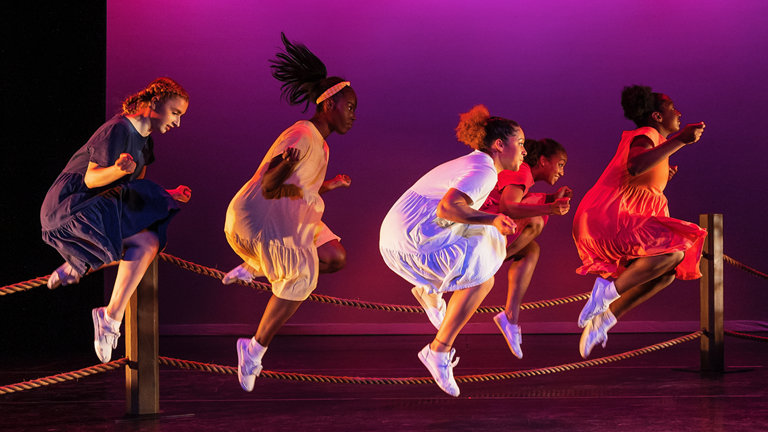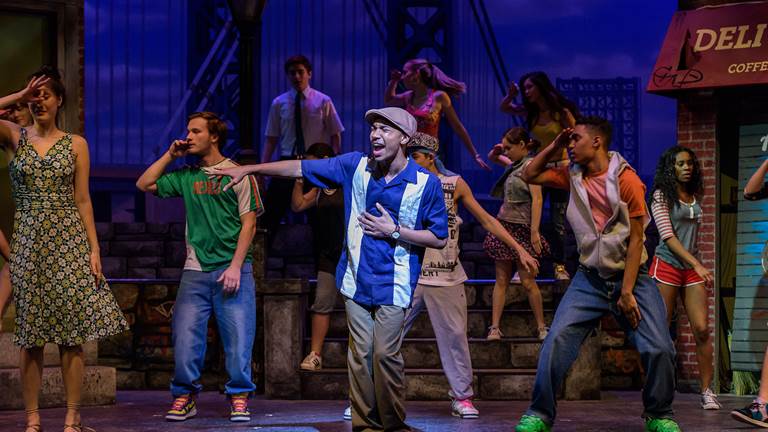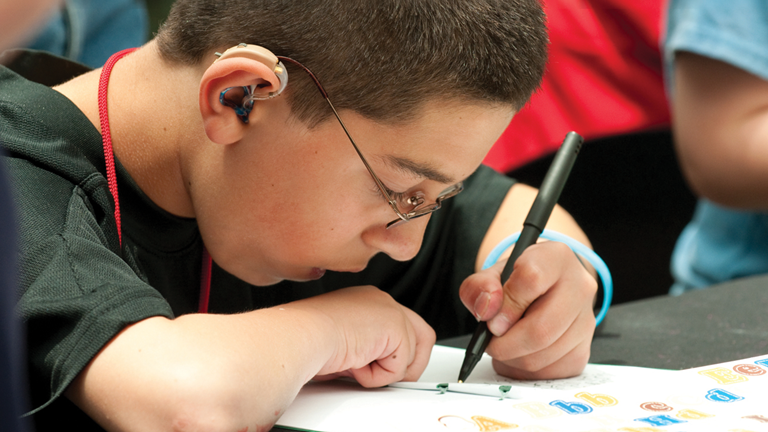Collection Puppetry
From traditional shadow puppets and lion dance celebrations from China, to bringing the beloved characters of children's book authors Leo Lionni and Mo Willems to the stage, to very different interpretations of the legend of The Lion King from both Disney and Sogolon Puppet Theatre from Mali, discover the vast world of puppetry, including activities on how you can make your own puppets at home.Â








